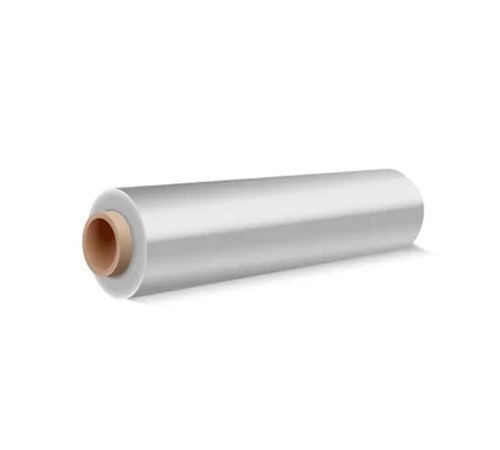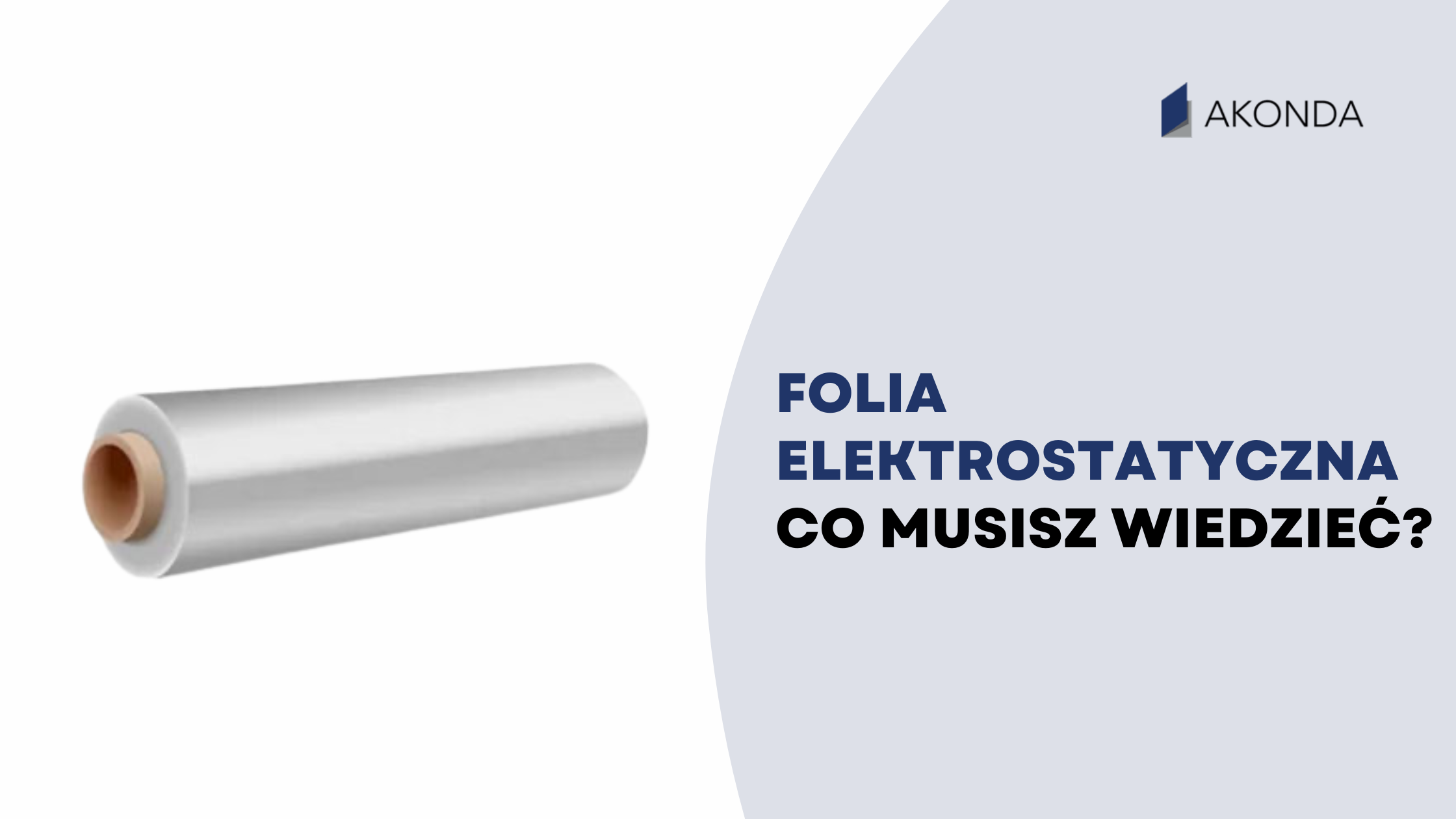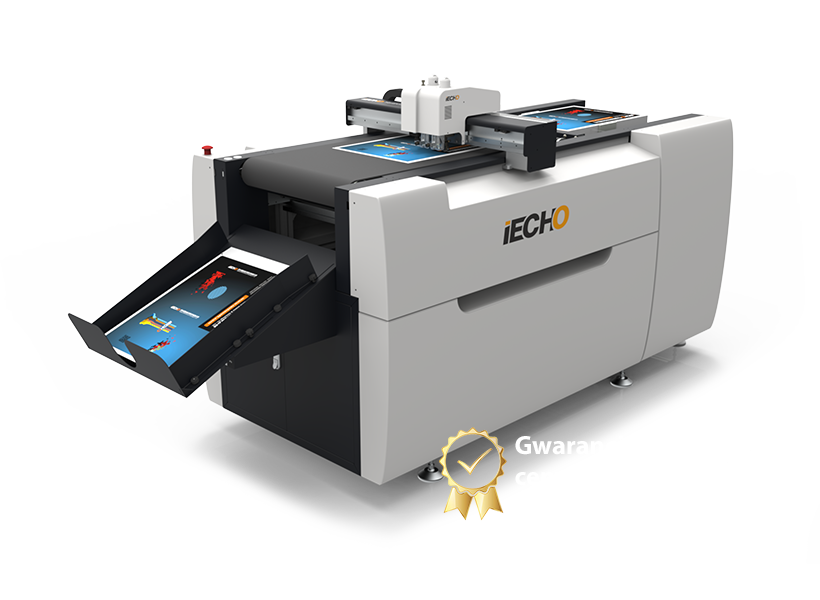What is electrostatic film and how is it revolutionizing the printing industry?
Electrostatic film is an innovative material that is changing the way we think about the application of graphics and decorations. Unlike traditional self-adhesive films, electrostatic film adheres to smooth surfaces due to electrostatic charges, eliminating the need for glue or other adhesive substances.

How does electrostatic film work?
Electrostatic film uses the phenomenon of electrostatic attraction between the material and the application surface. During production, the film receives a special electrical charge, which allows it to adhere to glass, metal, plastics and other smooth surfaces. This process makes the electrostatic film adhere perfectly to the substrate, creating a smooth, bubble-free surface.
The main advantages of electrostatic film in printing and printing plants
Ease of application and removal
One of the biggest advantages of electrostatic film is that it can be repeatedly applied and removed without leaving residue. Printers and printing companies can offer their customers products that are not only aesthetically pleasing, but also practical to use. Electrostatic film does not damage the surface to which it is applied, making it ideal for temporary advertising campaigns or seasonal decorations.
Versatility of applications
Electrostatic film is used in many areas of the printing business. From window decoration in stores to office signage to promotional campaigns, the possibilities are virtually endless. The material works well in both digital and offset printing, making it a versatile solution for different production technologies.
Technical aspects of working with electrostatic film
Preparation for printing
Printing on electrostatic film requires special attention when preparing graphic files. It is important to take into account the direction of printing - in case of application from the inside, graphics must be mirrored. In addition, it is necessary to remember about the proper selection of color profiles to achieve faithful color reproduction on this specific material.
Storage and transportation conditions
Electrostatic film requires proper storage conditions to retain its electrostatic properties. The optimal temperature is 18-25°C at a relative humidity of 40-60%. The material should be stored in its original packaging, away from heat sources and direct sunlight. Proper storage conditions are key to preserving the quality of the material.
Challenges in working with electrostatic film
Control of electrostatic charge
The main challenge when working with electrostatic film is maintaining the right level of electrostatic charge. Too dry air in the printing room can lead to a loss of the film's adhesive properties. Conversely, too much humidity can cause problems with the material sticking to the surface.
Compatibility with devices
Not all printing and finishing equipment is designed to work with electrostatic film. This material requires specific settings for temperature, feed speed and clamping force. Professional service support, such as that offered by Akonda, is invaluable for optimizing equipment performance.
The future of electrostatic film in the printing industry
Developments in printing technology and increasing customer demands are making electrostatic film increasingly popular. Market trends indicate a growing interest in materials that are environmentally friendly and easy to apply.
Technological innovations
Manufacturers of electrostatic films are constantly working to improve their products. New generations of films offer better adhesion, longer lasting electrostatic charge and a wider range of colors and finishes. Films with additional properties, such as UV protection or antibacterial properties, are also emerging.
Process automation
Automation of production processes, which Akonda specializes in, plays a key role in the efficient use of electrostatic film. Automated feeding, printing and finishing systems allow faster and more precise production, minimizing the risk of damage to the delicate material.
The importance of professional service
Regular maintenance and professional technical support are key to maintaining high production quality. By providing warranty and post-warranty service for its equipment, Akonda ensures production continuity and optimal working conditions with a variety of materials, including demanding electrostatic film.
Experienced service technicians can help adjust equipment parameters to the specifics of electrostatic film, solve technical problems and advise on optimal production conditions. Such support is invaluable, especially when introducing new materials to the printer's portfolio.
Economic aspects of using electrostatic film
While the initial cost of electrostatic film may be higher than traditional self-adhesive materials, the long-term benefits often outweigh the initial investment. The lack of need for adhesive, reusability and elimination of costs associated with removing adhesive residue make electrostatic film an economically attractive solution.
Summary
Electrostatic film represents the future of the printing industry, combining innovative technology with practical applications. For printers and printing companies, this means new opportunities to develop their offerings and increase competitiveness in the market. The key to success is the combination of high-quality materials with professional equipment and comprehensive service support.
Akonda, with its extensive experience in automating printing processes and its extensive service network covering all of Poland, is the ideal partner for companies wishing to realize the full potential of modern solutions in the industry. Investment in the right equipment and regular technical support is the foundation for success when working with demanding materials such as electrostatic film.


